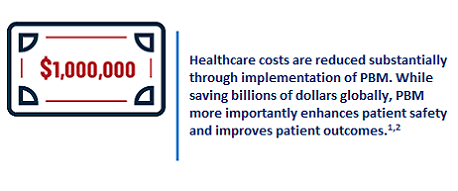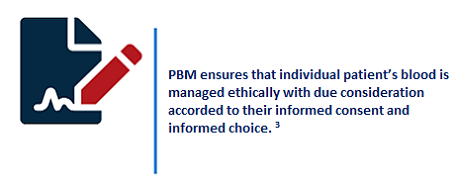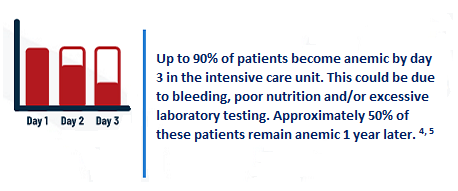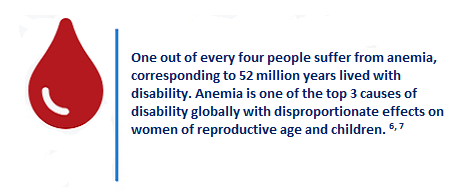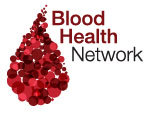SABM
The Benefits of MembershipThe Society for the Advancement of Patient Blood Management (SABM) is an international evidence-based educational resource network of excellence. Our members are comprised of multidisciplinary healthcare professionals who are global leaders in Patient Blood Management. We want to be your partner, your resource, and your mentor. Partner with SABM today and embrace all the resources that SABM has to offer to you and your organization. Join TodayLatest and Greatest
Continue Reading |






